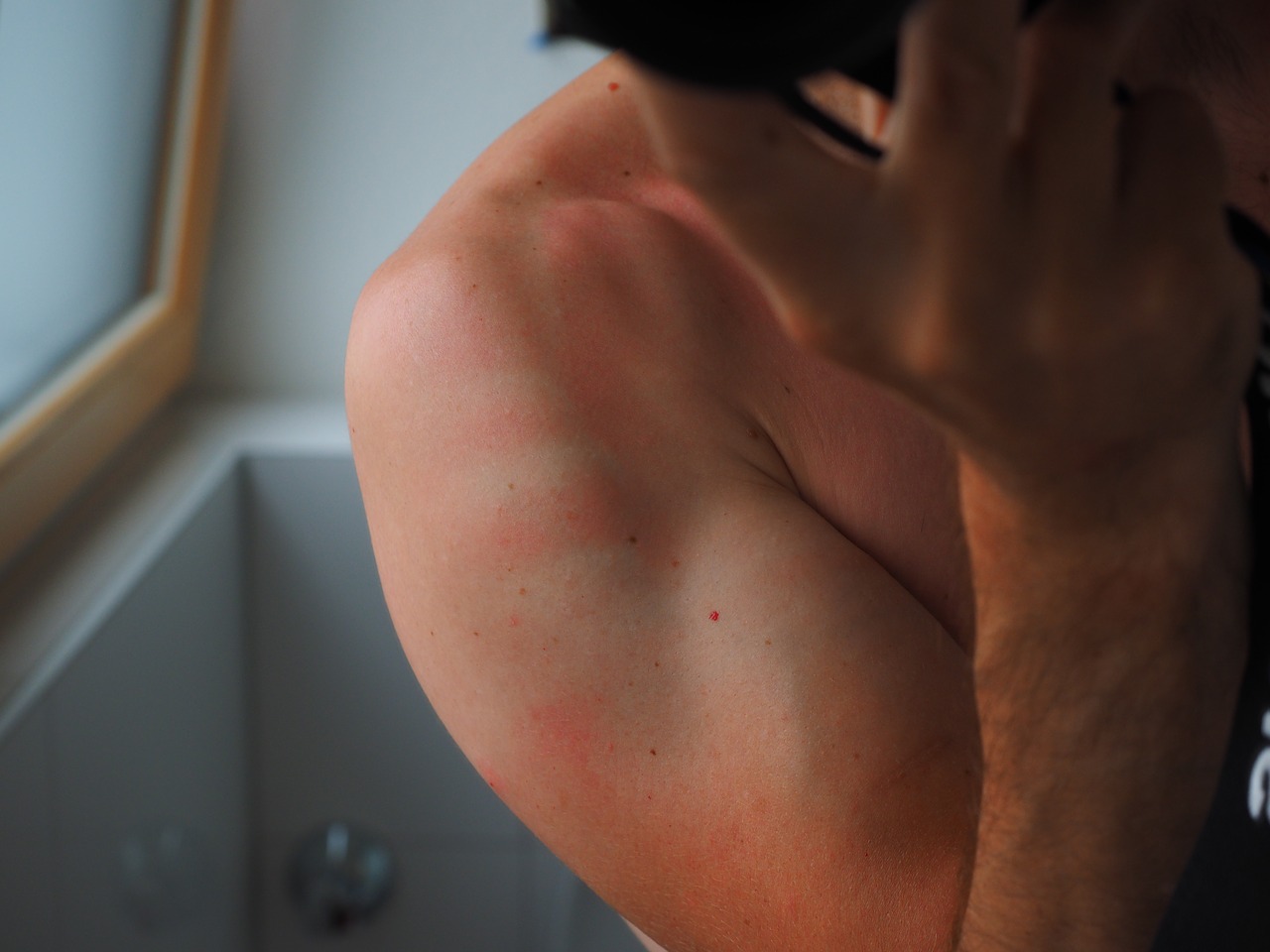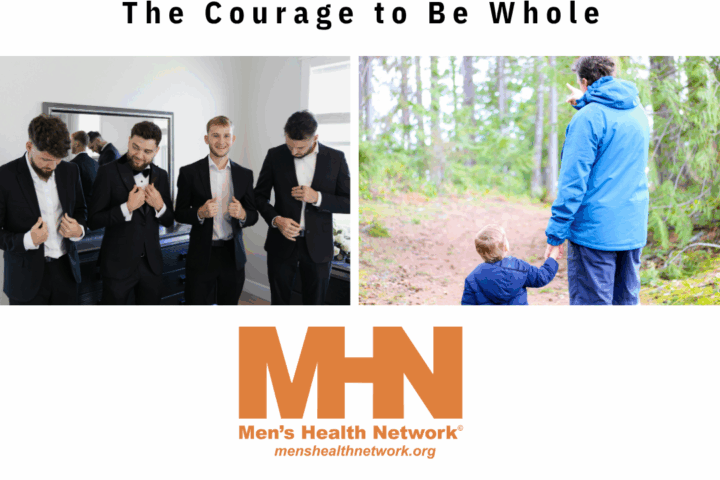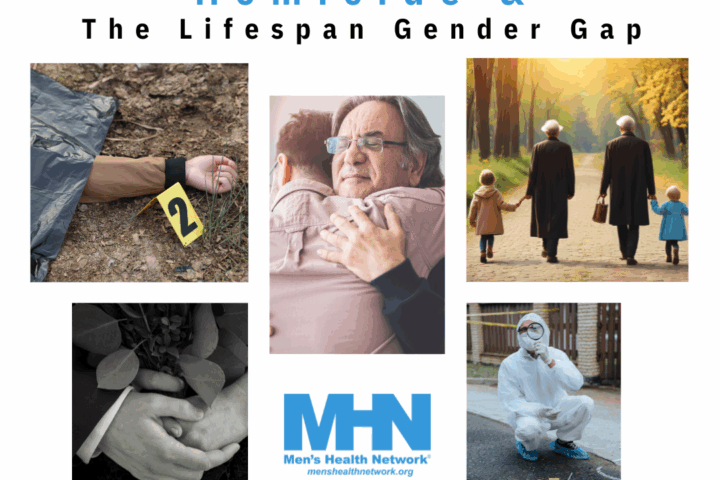Soothing the skin helps cancer patients through treatment.
You probably know that oncologists treat cancer and dermatologists specialize in problems related to the skin, hair and nails—but you may not have heard of “onco-dermatology.” It links the two specialties to focus on the prevention and treatment of the skin, hair and nail problems that often arise as side effects from cancer treatments.
These side effects may include hair loss, painful rashes and blisters, burns and fingernail infections. Some patients barely notice problems, while others find them debilitating. They can make people feel uncomfortable or unattractive and, in severe cases, can even impact their health.
“Cancer patients already have a lot on their plates,” says Jonathan Leventhal, MD, a Yale Medicine dermatologist who specializes in treating cancer patients at the Yale Cancer Center’s Onco-Dermatology Program at Smilow Cancer Hospital. “My goal is to help alleviate the burden that skin side effects can cause,” he says.
Dr. Leventhal explains what onco-dermatologists do and has helpful advice that cancer patients can try at home to reduce the chance of developing some of these problems. He also shares tips on how to soothe these issues if they already affect you or a loved one.
When do cancer patients need a dermatologist?
Patients should see a dermatologist who specializes in cancer, called an onco-dermatologist, if they develop any skin, hair or nail changes that impact their quality of life and don’t get better with standard treatments recommended by their cancer doctors.
How come I’ve never heard of onco-dermatology before?
It’s a relatively new field and many people are just now starting to learn about it. Onco-dermatologists care for skin, hair and nail reactions from cancer therapy. Not only do these pose additional physical and emotional stress at an already-difficult time in cancer patients’ lives, they also can compromise the therapy.
An increasing number of cancer centers, like Smilow, now offer specialized dermatologic care to help address the many different needs of people with cancer.
What specific issues can cancer patients have with their skin?
Nearly all cancer treatments, including chemotherapy, immunotherapy and radiation therapy, have the potential to cause skin reactions, which can vary, depending on the type and length of treatment. And individual patients react differently to treatments.
Traditional chemotherapy can result in many types of rashes that may be itchy or painful, including swollen hands and feet. Even the mucous lining of the mouth and genitals (called mucositis) may be involved, which can result in painful sores. Patients who develop mucositis of the mouth may have difficulty eating and drinking, which can impact nutrition.
Newer, targeted chemo treatments may result in more specific skin reactions, and it is important to recognize and treat these early before they worsen. Many look like widespread acne on the face and body, which can lead to infection. Other side effects can include painful cracks and calluses on the hands and feet that, in severe cases, may blister. This reaction can be associated with tingling, numbness and pain.
The newer immune therapies may also result in rashes that look like eczema and psoriasis, which can be itchy and painful. Vitiligo, or loss of skin and hair pigmentation, may develop in some patients. Severe blistering rashes may also occur, although these are less common.
Patients may also develop rashes from radiation, as well as burns and eczema that can spread even outside the radiated area. There can also be long-term changes of the skin, including color and texture.
Stem cell transplantation for hematologic disease can result in many skin changes, including graft versus host disease, which can present with lesions in the mouth and rashes.
Is it true that some people develop hair and nail changes from their cancer treatments?
Yes–great question. These can be very difficult side effects from cancer treatment. Hair loss is one of the most common adverse effects from chemotherapy—both with traditional and newer targeted therapies. In addition, certain targeted therapies can change the quality, color and texture of the hair, including hair on the scalp, eyebrows and eyelashes.
Many patients develop long, unruly eyelashes, which can sometimes curve inward and irritate the eyes. Fortunately, we have treatments and suggestions that may help minimize these side effects. For example, trimming eyelashes regularly is something that can improve comfort.
Nail changes are also very common and can be caused by both older and newer chemotherapies—these are some of the most challenging and uncomfortable reactions I treat. Paronychia, or infection of the nailfold, may result in pain, pus and bleeding—sometimes the entire nail may even fall off. Again, we can combat these hair and nail issues with medications and over-the-counter solutions.
Are these just cosmetic issues, or do they pose health risks for cancer patients?
The skin is the body’s first line of defense, so any time the barrier is compromised, there is a health risk. This is especially true in patients with cancer, who may already have a reduced ability to fight infection.
The concern with many of these rashes and nail changes is that they may result in infections and other complications. The severe, blistering rashes tend to be the most worrisome because they make the patient vulnerable to widespread infection, which may require hospitalization and systemic medications. Fortunately, these reactions are less common. Our goal is to optimize the skin health of our patients and improve their chances of achieving a good outcome with their cancer treatment.
How early in treatment do these issues crop up?
It depends. Certain allergic reactions may occur immediately, while other skin, hair and nail side effects may develop gradually over weeks or even months. This varies based on the treatment and the individual.
Are these issues unavoidable?
Often the answer is yes, but there are many things that we can do to help reduce a patient’s risk. To start, it’s important that patients are counseled on these dermatologic side effects so that they recognize them and seek treatment as soon as possible. There is also a lot of research underway looking at treatments and early interventions to prevent more severe reactions.
For example, some studies have shown that certain oral antibiotics and creams can reduce the risk of acne rashes from targeted therapies. Cooling of the hands and feet during certain chemotherapy infusions can sometimes reduce skin and nail changes, although this isn’t always successful. More recently, clinical trials have shown that localized cooling of the scalp may help reduce the chance of hair loss for certain chemotherapies. There are a lot of exciting things going on in this field and further investigation will tell us how effective and safe these strategies are.
We are currently studying the effect of cooling strategies on combating hair loss from certain chemos. By researching the impact of dermatologic reactions on patients’ prognosis, quality of life and effect on cancer treatments, we can better develop treatment strategies to improve patients’ lives.
What happens if these issues aren’t addressed?
In general, these skin conditions may be mild and not require treatment. Some patients are fortunate not to develop any skin, hair or nail changes. For those who develop more severe reactions, the complications can impact their health and may lead to stopping or changing the dose of the current cancer treatment.
In some cases, patients may not be able to continue a clinical trial if they develop major skin or nail side effects. For these reasons, I think it’s very important to address every patient’s dermatologic needs, not only to improve their quality of life, but to keep them on their potentially life-saving cancer treatments—and that’s the mission of the Onco-Dermatology Program.
What treatments are available for cancer patients with these reactions?
There are many options, and it’s important that onco-dermatologists work as a team with oncologists to make sure that the skin treatment doesn’t interfere with cancer therapies. The specific treatment is personalized to the individual patient, taking into account the type and severity of the reaction, as well as the patient’s general health.
Mild rashes are typically treated with topical antibiotics, steroids or anti-itch medications. Antibacterial washes for the skin and nails, as well as other strategies to promote skin healing and reduce infection, are often used. The more severe reactions may require oral medications like antibiotics, steroids and anti-itch therapies. Hospitalization and intravenous medications are reserved only for the most severe cases.
Is there anything patients can do at home to help the side effects of treatments?
Definitely. In general, patients should keep their skin moisturized and protect their skin from the sun. This means avoiding the sun during mid-day hours when the ultraviolet (UV) rays are strongest, staying in the shade, wearing a hat and sunglasses, and applying (and frequently re-applying) a broad-spectrum sunscreen with SPF 30 or above. Many targeted chemotherapies make the skin very sensitive to the sun, and UV radiation can cause the skin to burn and even blister.
Use of moisturizers helps to promote skin rejuvenation and healing, which is important because many chemotherapies and radiation therapy result in dry, itchy skin. Lotions with a petroleum base tend to work the best and patients should avoid using harsh soaps and products with fragrances. In addition to moisturizing the skin, patients can avoid excess friction or trauma to the skin, including avoiding contact with hot water and wearing comfortable and padded shoes.
To help strengthen the hair and nails and promote regrowth, patients can take biotin (a vitamin B product) at a dose recommended by their provider. An over-the-counter topical product called minoxidil may also increase the rate of hair regrowth if hair loss occurs from chemotherapy.
Is there anything loved ones of cancer patients should know about skin/hair/nail problems?
The most important thing to know is that these reactions are not just cosmetic issues—they impact the patient’s physical and emotional wellbeing and may limit their ability to perform daily tasks, including caring for themselves and supporting those who rely on them. For many of these conditions, there are treatments available to help reduce the burden this adds to what may already be a difficult road to recovery.
Loved ones can also be very helpful to patients in applying prescribed topical remedies to areas of the body that are difficult to reach, like the back.
What else do you want cancer patients and their friends and family members to know?
I hope more and more patients will learn how onco-dermatology can help with the side effects of cancer treatments, so they receive the care they need.
As novel targeted and immune therapies continue to play an increasingly important role in treating cancer, there may be even more skin, hair and nail reactions. Onco-dermatologists will remain an important part of the team caring for patients with cancer.
If you know someone going through cancer treatment, let them know there is now help available for the many skin, hair and nail problems they may experience during cancer treatment.
To make an appointment with our Onco-Dermatology Program, call 203-200-6622.
This article originally appeared on the YaleMedicine blog.




